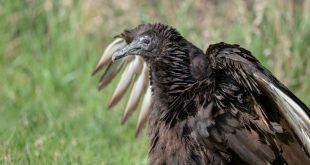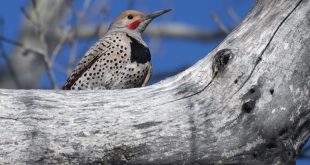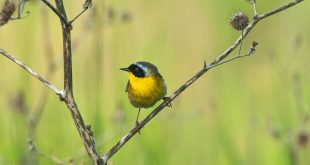Contributed by Nongame Bird Biologist Lauren Dinan
Research and monitoring are tasks the Nongame Bird Program are constantly engaged in, often with valued partners. In studies of threatened and endangered species sometimes a picture can be worth a thousand words for its beauty; it can also be an important data point. In the case of color-banded Piping Plovers, quality photographs confirm a bird’s identity and status, and provide insight into Piping Plover distribution, population dynamics, and behaviors. Our Program works in cooperation with the Tern and Plover Conservation Partnership at the University of Nebraska – Lincoln School of Natural Resources in leading a Piping Plover color-banding research project on river sandbars and off-river sites along the lower Platte River in eastern Nebraska. We have been placing colored leg bands on Piping Plovers since 2008.
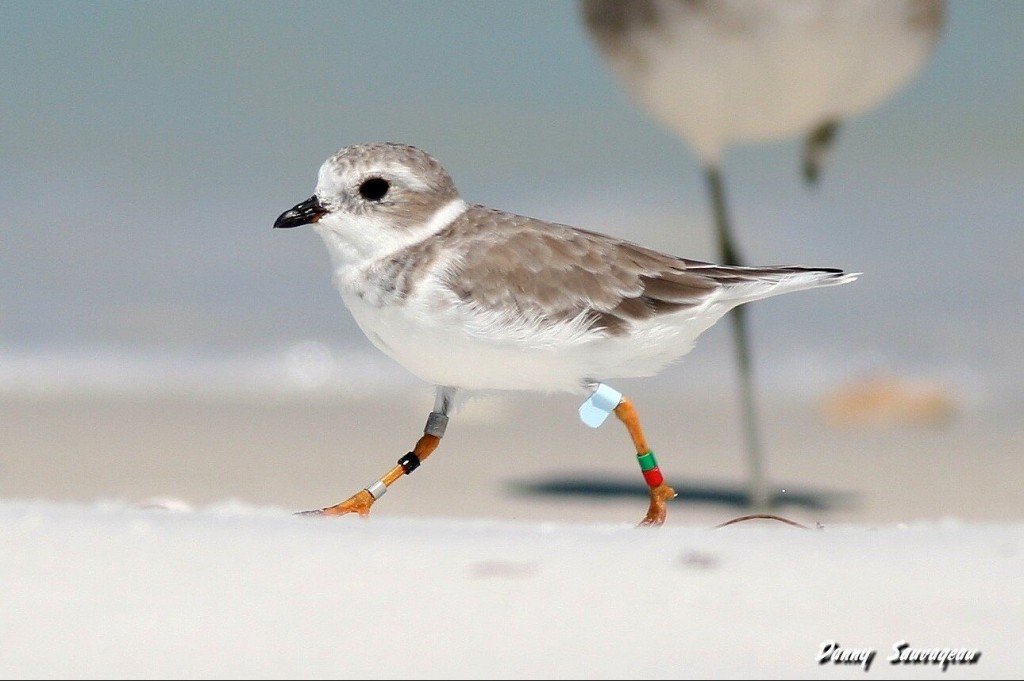
Sometimes we get a helping hand with our research from birders and photographers we have never met, particularly when our Piping Plovers migrate to their wintering sites.The fabulous photo above of a Piping Plover sporting a light blue flag on its upper left leg, green over red color bands on its lower left leg, a uniquely numbered metal USGS band on its upper right leg and black over gray color bands on its lower right leg, was taken at Honeymoon Island, Florida by Danny Sauvageau just a few days ago on 20 September 2013.
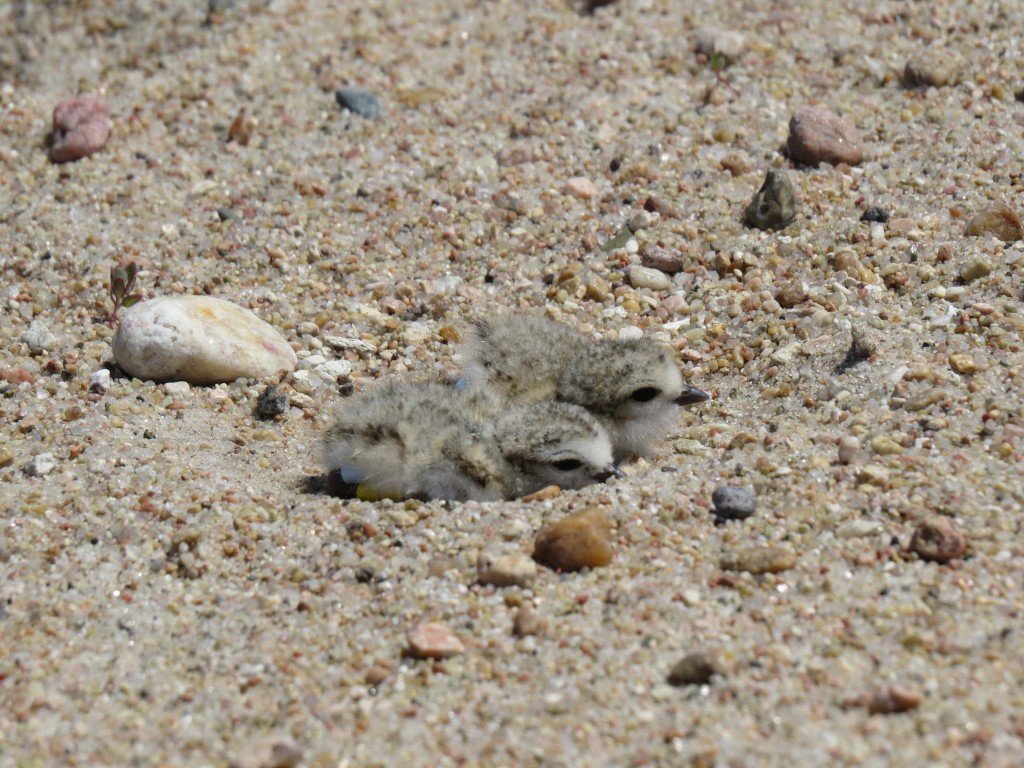
From this photo we were able to determine several things about this plover. The light blue flag indicates that this plover was originally banded along the Platte River in Nebraska; plovers banded in other areas receive different colored flags. The unique color band combination as a whole tells us exactly who this individual plover is, and where and when it was banded. This plover was originally banded at a sand and gravel mine in Saunders County, Nebraska on 19 June 2012 as a 12 to 15 day old chick. It is one of 73 plover chicks banded in 2012. Of those 73 chicks banded in 2012 it is one of 12 resighted after they fledged either in the summer or winter. Prior to this report we did not know where this plover spent the winter, so this photo not only tells us this plover is still alive and well but it also tells us that this plover has chosen to spend the winter along the Gulf Coast of Florida.
The only unsettling thing about this is that a 1 year-old organism with the brain the size of a pea has figured out it is better to spend the winter on a beach in Florida than remaining here in Nebraska.
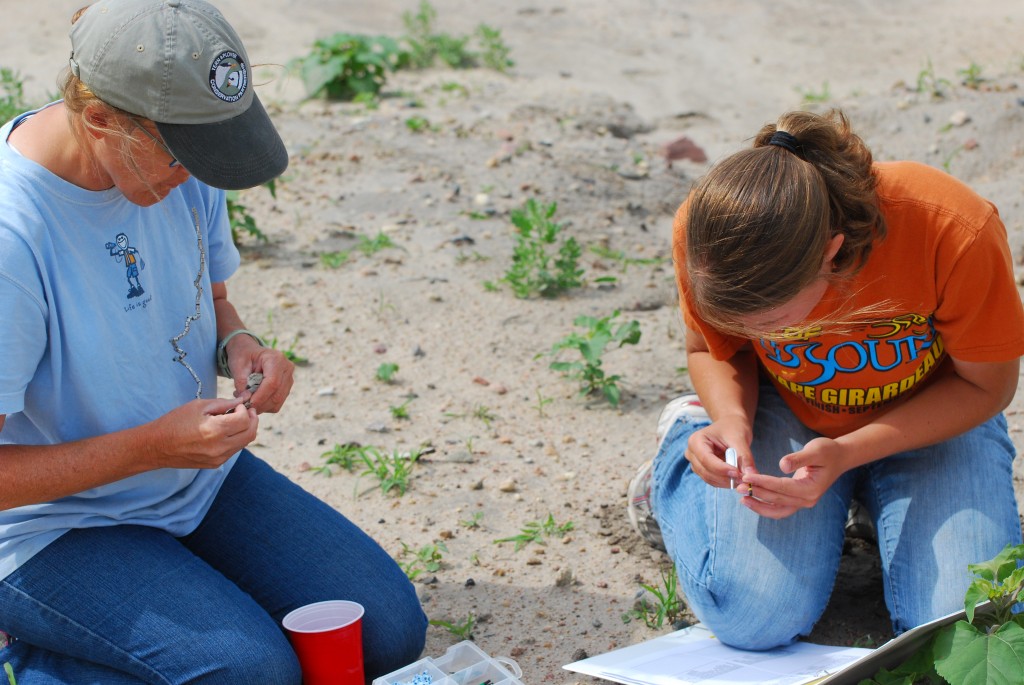
For more information on the Tern and Plover Conservation Partnership and the work being done for Piping Plovers and Interior Least Terns nesting in Nebraska please visit their website at http://ternandplover.unl.edu/. Thanks to Danny Sauvageau for permission to use his photograph.
 Nebraskaland Magazine
Nebraskaland Magazine
